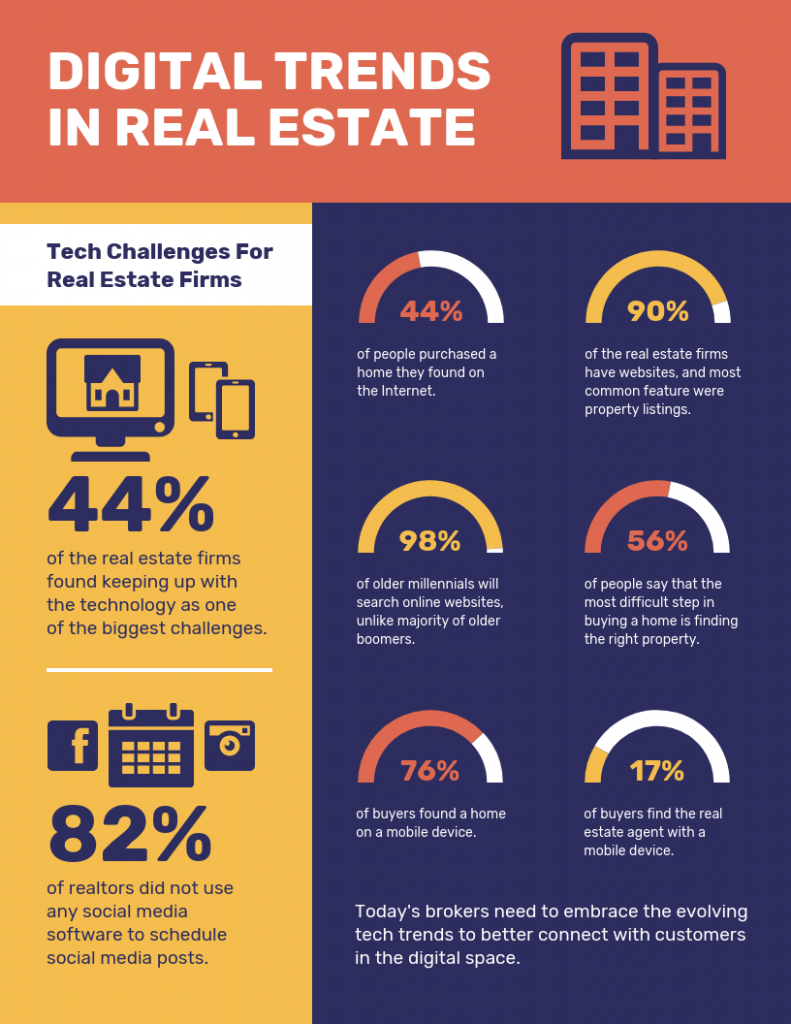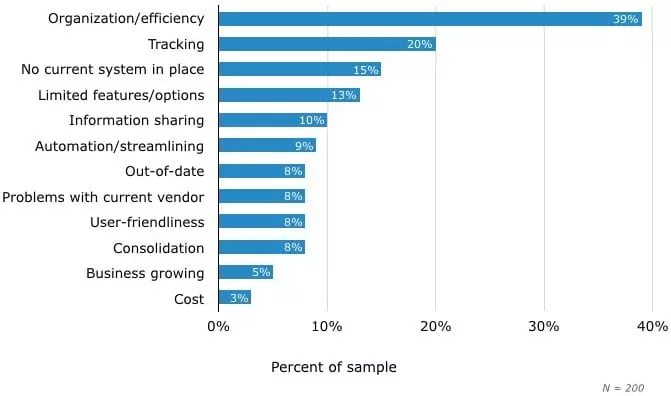One of the things that companies like to focus on is— especially when we talk about a customer base, many people just default to “hey I need more new customers, I need more leads.” That’s how companies grow— they have to get new customers but by the same token, a lot of the times, they neglect the customer base they already have.
So customer retention is actually a big competitive advantage for a lot of companies because that’s where customer experience, customer success, and loyalty— that is where that comes in.
But the thing with customer retention is there are myriad stats that will tell you that it’s easier to sell a customer you already have. It’s usually more profitable. They’re usually less price resistant and so on. Customer retention, in general, is about focusing on the customer base.
So here’s the importance of customer retention:
Importance of Customer Retention
Customer attention is really important because most companies do have a small sales force and the one thing that they don’t want to do is be chasing their tails. it takes an enormous amount of energy investment in time to win a customer in what is a highly competitive market.
That’s important to recognize because, of course, whoever takes over the management of a fleet within an organization— that could be you— what you want to do is you want to mark your stand. You want to review what’s been done before and see if you can improve it. Everybody should be always seeking continuous improvement and so what that means is that you can’t be complacent.
You have to be proactive, you have to think hard about how you can produce additional savings, better systems, making sure that the primary contact (your company’s front-end employees) is seeing their objectives met and the retention levels that your company enjoys.
Why is it beneficial then to retain existing customers than to recruit new ones? Research has found that retaining existing customers over time increases profits and lowers the expenditure in marketing. This is partly because it costs money in advertising promotional and sales efforts to gain new customers.
It makes good business sense to keep your existing customers happy instead of devoting high levels of marketing expenditure and effort to find new customers. Most of the times, this level of interaction requires a good amount of customer information for it to be successful.
Is cross-selling an important benefit too? Yes, the other big attraction in retaining customers is cross-selling additional products or services. For example, an insurance company that has sold car insurance successfully is now in a position to sell life insurance to their existing customer base.
Would there be any other benefits? The other benefit is the power of word-of-mouth. If your customers are happy with your product or service, they will most likely refer you to customers they know. However, a word of caution is that the most successful companies focus on both customer retention and acquisition for continued sales growth.
Customer activation and retention hacks
One of the problems that most companies have just in online marketing and with online marketing executives in general and the way boards of companies are also wired to think it’s that they’re too acquisition focused.
They think about acquisition, they’re just looking at things on the first purchase model, they’re reporting things on the first purchase model, and that’s a problem. That’s really not the right way to think about things because, in e-commerce businesses, it’s all about lifetime value.
Ecommerce is governed by one formula and that’s the relationship of the cost to acquire the customer versus the lifetime value. Then you obviously need the latter to be higher than the former otherwise you don’t have a business. So acquisition is only just the first step.
What is more important is what comes later and how you get people to really buy into your brand, buy into your philosophy, into who you are, and drive repeat purchases and drive the relationship forward with the customer.
That is what unlocks the lifetime value and that’s what gives you an attractive business. Unfortunately, many people don’t use the acquisition as much as they should. Although there are so many different marketing channels that appear every single day and every single month, email is still considered the best channel out there. So, build a business around that.
But first, you need to figure out whether this is right for you— whether you’re ready to do this because it requires a few things and not just tools. Then, it’s mapping out that journey for the user via the email experience and how to best do that. Then the landing page— this is where you build your email database and how to optimize that, driving leads to that landing page.
Ask yourself if lead acquisition is right for you
As mentioned this it’s one of the channels that people don’t use as much. Most online retailers don’t adopt this tactic or this channel, but it’s honestly it’s one of the most formulaic and profitable channels that you can have.
You do have to look at it on a long-term basis but when you get down to it and you do look at things on a long-term basis, it is surprisingly formulaic and profitable.
When you’re trying to decide if it’s the right channel for you. It’s not a question about “Do I have the right tools?” or “Do I have the right money?” it’s really about the mentality of your team. It’s about having the right kind of culture internally to be able to go after a channel like this.
Map out your ideal user flow
Different businesses offer different things. It’s not going to be the same experience for everyone so if you’re just starting out, you can come up with a hypothesis and say “Okay, I believe that this is our business, this is how we’re going to introduce people to the brand, this is how we’re going to market to them, it’s going to be more content.” That’s going to depend vastly on who you are and what it is that you’re looking to achieve at the end of the day.
But if you’re starting out, start it out simple and then blow it up and it becomes a living and breathing thing where you keep adding to it, you keep removing from the user flow and the users’ journey. It can really be as simple as the customer signing up, then he receives email offers, then he makes a purchase.
Keep your landing page clear and simple
The landing page is where you acquire your emails or your leads from. The landing page should be quite simple at the end of the day: a message, a call-to-action, a few points on why you would want to purchase from us, and some testimonial trust icons— wherever you’ve been seen in the press.
In general, you want to keep it simple, you want to keep it clear. The more messages there are, the lower your conversion rates are going to be on that page, of people who are actually going to sign up to you and to your email database. Make sure that the “call to action” is clear.
Adding a local touch always helps. So if you can detect where they’re from, having a little message that you know where they’re from helps with conversion rates. Having a nice tone of voice and good copywriting is worth its price.
From a technical perspective, also just make sure that your landing page is mobile-friendly as most people’s email is now dominated by mobile and mobile users. Your whole environment should be “mobile-first” and you should be thinking about things on a mobile-first basis and having short load times also helps at driving higher conversion rates on these pages.
More importantly, test this page— keep testing it, keep changing it, and ensure that the navigation is smooth for first-time users and for repeat visitors as well.
Saphyte: For your customer email activation and retention strategy
Saphyte is a cloud-based CRM that helps you manage your leads and clients’ contact information to improve your day-to-day customer interaction, customer acquisition, and overall sales process.
It lets you use your customer data to personalize your interactions, making your service direct and straightforward, which helps shorten your sales cycle and increase sales performance at the end of the day.
This CRM solution is proven to help the sales team of a company acquire loyal customers and enhance their loyalty programs. It also lets them contact customers, make phone calls or emails using CRM tools, to shorten the process— saving time, money, and energy.
If you have a small business and you are worried if a customer relationship management (CRM) or CRM software is for you, ask our support team for a free demo.

